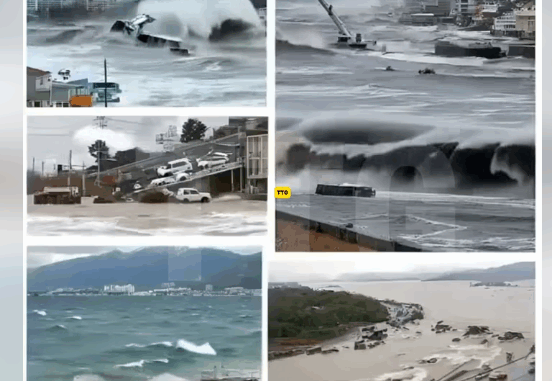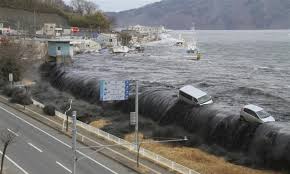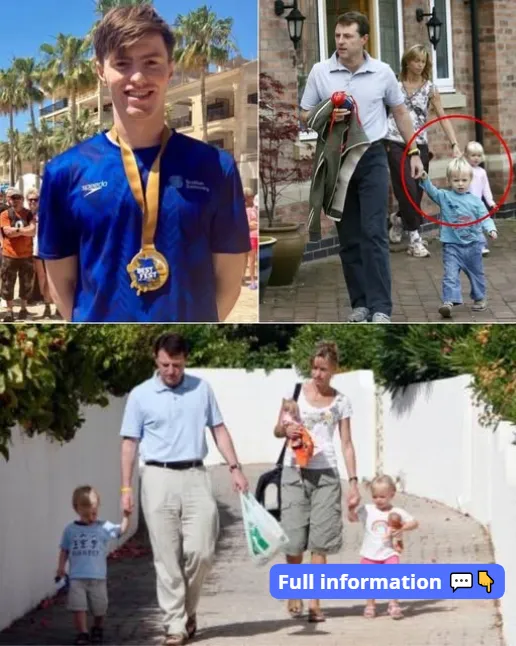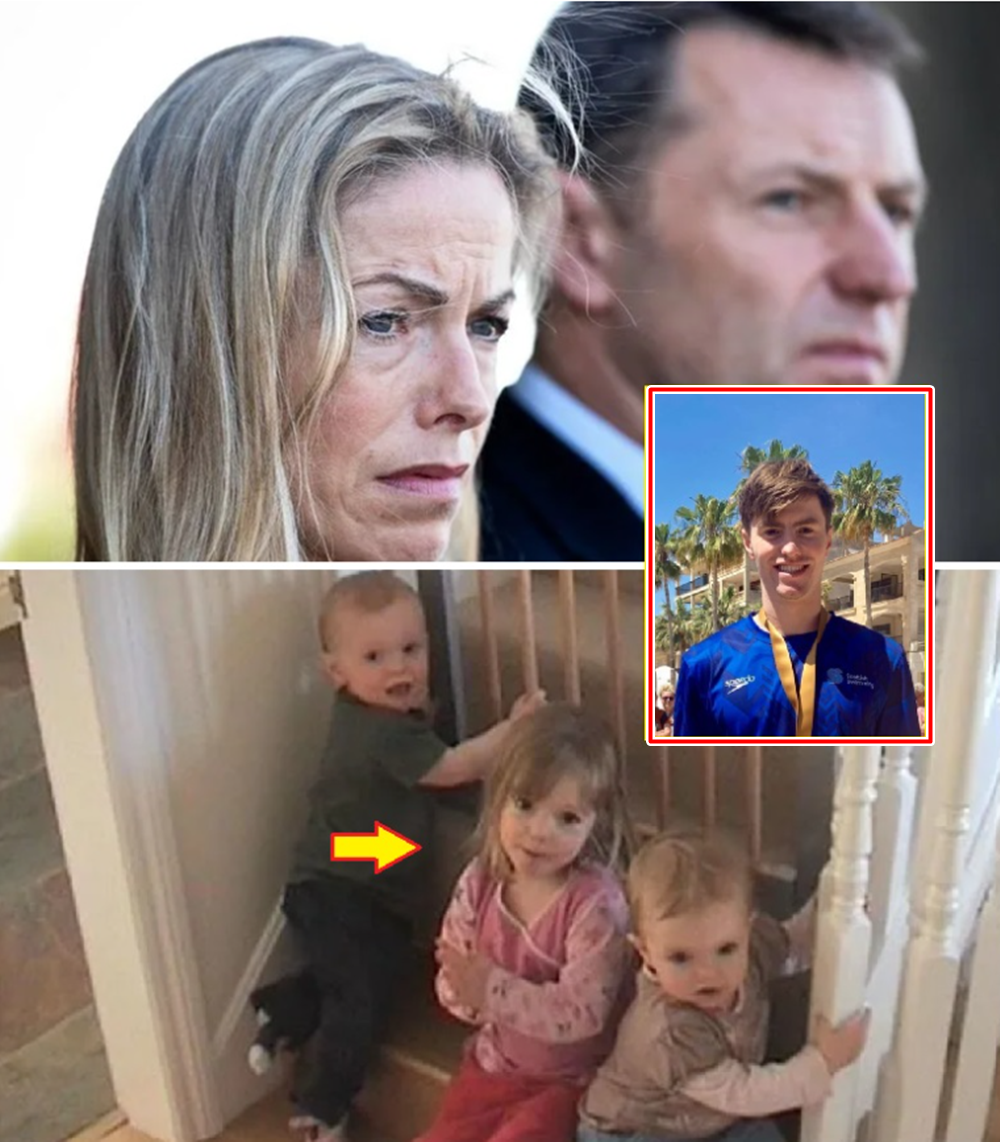
Alaska Shaken: Massive 8.2 Earthquake Rattles Coast, Triggers Tsunami Fears Across Pacific
What began as an ordinary twilight along Alaska’s wild and remote coastline turned, in an instant, into a night of raw chaos. The earth didn’t just tremble—it heaved, violently and without warning, sending a jolt through the Alaskan Peninsula that could be felt hundreds of miles away.
Within minutes, emergency sirens howled, evacuation routes filled, and the fear of an encroaching tsunami surged across the Pacific.
Late Wednesday evening, a colossal 8.2-magnitude earthquake struck just off the coast near Perryville, Alaska, registering as one of the most powerful seismic events in the United States in recent years.
The quake’s epicenter lay roughly 91 kilometers southeast of the town, striking at a depth of 35 kilometers beneath the ocean floor.
The U.S. Geological Survey (USGS) and international monitoring systems immediately sprang into action, with seismologists confirming that this was no average quake—it belonged to the class of megathrust events capable of triggering widespread tsunamis and long-lasting geological consequences.

Sirens, Scrambles, and Warnings from Coast to Coast
Coastal residents of towns like Kodiak and Sand Point were jolted from their homes as tsunami sirens wailed into the darkness. Social media quickly filled with images of families fleeing uphill, gas stations bottlenecked with traffic, and emergency crews coordinating along coastal roads.
The U.S. National Tsunami Warning Center (NTWC) issued tsunami alerts for vast stretches of southern Alaska, from Hinchinbrook Entrance to Unimak Pass, urging all low-lying residents to move to higher ground. Although Hawaii and Guam were also briefly under surveillance, officials later confirmed they were not in the path of a significant wave threat.
Aftershocks and Ongoing Tremors
In the hours that followed, the ground did not rest. At least eight measurable aftershocks rippled through the region—two of them registering above magnitude 6.0.
While no serious injuries or structural damages have been confirmed so far, emergency management teams remained on high alert through the night and into the next day.
Alaska Governor Mike Dunleavy announced that the state’s emergency operations center was fully activated, coordinating with FEMA, local first responders, and national geologists to assess the evolving situation.
Meanwhile, tsunami monitoring agencies in Japan, New Zealand, and Chile began conducting independent analyses, concerned that the seismic shift could reverberate far beyond U.S. waters.
🔹 Conclusion
Alaska may have narrowly escaped catastrophe this time, but the 8.2 quake is a sobering reminder that the Ring of Fire remains dangerously awake.
The ground beneath the Alaskan Peninsula is among the most seismically volatile on Earth, and experts warn that such massive tremors can lead to delayed aftershocks, landslides, or even future tsunamis.
As the world watches and monitors, one truth remains: when the Earth speaks with this kind of force, all of us—no matter how far from the epicenter—are called to listen.
After 18 years of silence, Madeleine McCann’s brother has finally spoken out about that night — sharing memories and emotions that few expected. His words are now sparking strong discussions online, with reactions ranging from sympathy to criticism 
The disappearance of Madeleine McCann in 2007 remains one of the most haunting mysteries of the modern era. The 3-year-old British girl vanished from a holiday apartment in Praia da Luz, Portugal, while her parents were dining with friends just a short distance away. Her younger twin siblings, Sean and Amelie, were asleep in the very same room when she disappeared. The case captured the attention of the entire world, drawing sympathy, outrage, speculation, and relentless media coverage.
Nearly two decades later, the story has taken an unexpected turn. For the first time, Madeleine’s younger brother, Sean McCann — who was only a toddler when the tragedy occurred — has chosen to speak out. Now in his twenties, Sean is no longer a child living in the shadow of one of the most publicized missing-person cases in history. His voice, unheard for so long, is finally emerging — and his words have sparked intense discussion and reflection across the internet.
In a conversation that was described as both emotional and unfiltered, Sean shared his memories of that night in Portugal. Though he was very young, he describes the event as
“confusing, terrifying, and unforgettable.” He explained that even if his memories are fragmented, the emotions tied to them have never left him.
What struck many readers was not only Sean’s recollection of the evening but also his perspective on what happened afterwards. Rather than focusing solely on Madeleine’s disappearance, he spoke about the emotional impact the incident had on him and his twin sister.
“The world wanted to know where Madeleine was,” he said, “but no one ever asked how we were doing, how it felt to grow up in the middle of this storm.”

This candid reflection has opened up a new layer to the story. For years, the McCann case has been framed around the search for Madeleine and the international investigation that followed. But Sean’s words remind people that two other children lived through those same events and grew up carrying invisible scars of loss, confusion, and relentless media attention.
Public reaction to Sean’s comments has been deeply divided. Many people expressed compassion, acknowledging how difficult it must have been for him to grow up under such extraordinary circumstances. They praised him for finding the courage to share his truth and shed light on the personal challenges of living in a family defined by a global tragedy.
Others, however, have criticized the way his words were presented, arguing that his statements might reopen painful wounds or reignite debates about decisions made almost twenty years ago. For a family that has endured constant media scrutiny, some observers worry that Sean’s testimony could create new tensions.
Psychologists and family therapists who have commented on the story note that Sean’s perspective is not unusual. Children who grow up in the aftermath of trauma often carry unspoken burdens. In families where the spotlight falls on one child — particularly in cases of tragedy — siblings may feel unseen or overlooked. Over time, this silence can lead to feelings of resentment, guilt, or isolation.
Yet Sean’s reflections are not about anger alone. In fact, he stressed that he is not seeking blame or revenge. What he longs for most is healing. “We can’t heal unless we talk about what really happened that night,” he said. “Not just what happened to Madeleine, but what happened to all of us.”
That statement has resonated strongly with many readers. It highlights a truth often forgotten in high-profile cases: that behind every headline, there are families still living with the consequences long after the world has moved on. For Sean, the tragedy was not only the loss of a sister but also the silence that surrounded his own experiences as he grew up.

The disappearance of Madeleine McCann has remained an open wound in the public imagination, with countless theories, suspects, and investigations over the years. The Portuguese and British authorities have conducted multiple inquiries, and though leads have surfaced, none have led to definitive answers. Madeleine’s fate is still unknown.
Now, with Sean’s decision to break his silence, a different dimension of the story comes to light. Instead of focusing solely on the missing child, people are beginning to ask new questions: How did the surviving children cope? What was it like to grow up in the shadow of such a case? And what does healing look like for a family that has carried this weight for nearly two decades?
Sean’s words do not solve the mystery. They do not provide closure in the way that many have hoped for since 2007. But they do offer something else: a reminder of humanity, vulnerability, and the complexity of living with an unresolved loss. His decision to finally speak is less about uncovering facts and more about reclaiming his own story — one that has been overlooked for far too long.
In the end, Sean McCann’s testimony does not change the central question that has haunted the world for years: What happened to Madeleine McCann? But it does add a new one, equally important: What happens to the family that remains behind, and how do they find a way to heal?
By sharing his truth, Sean has opened a door to understanding not just the tragedy of a missing child, but also the silent struggles of those who continue to live in its shadow.